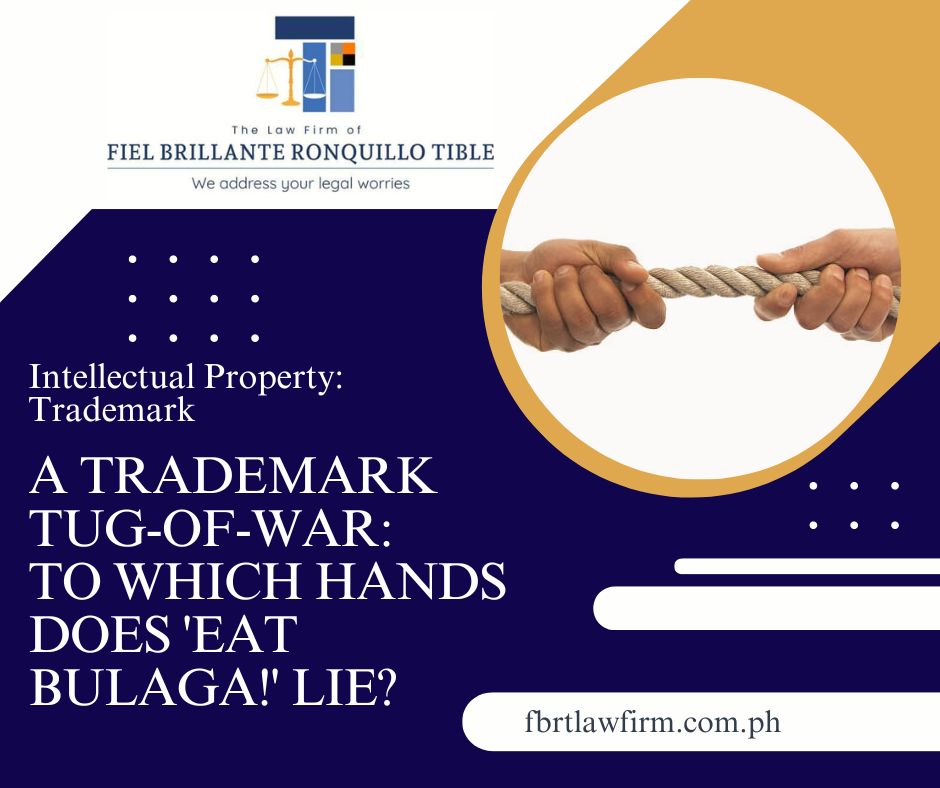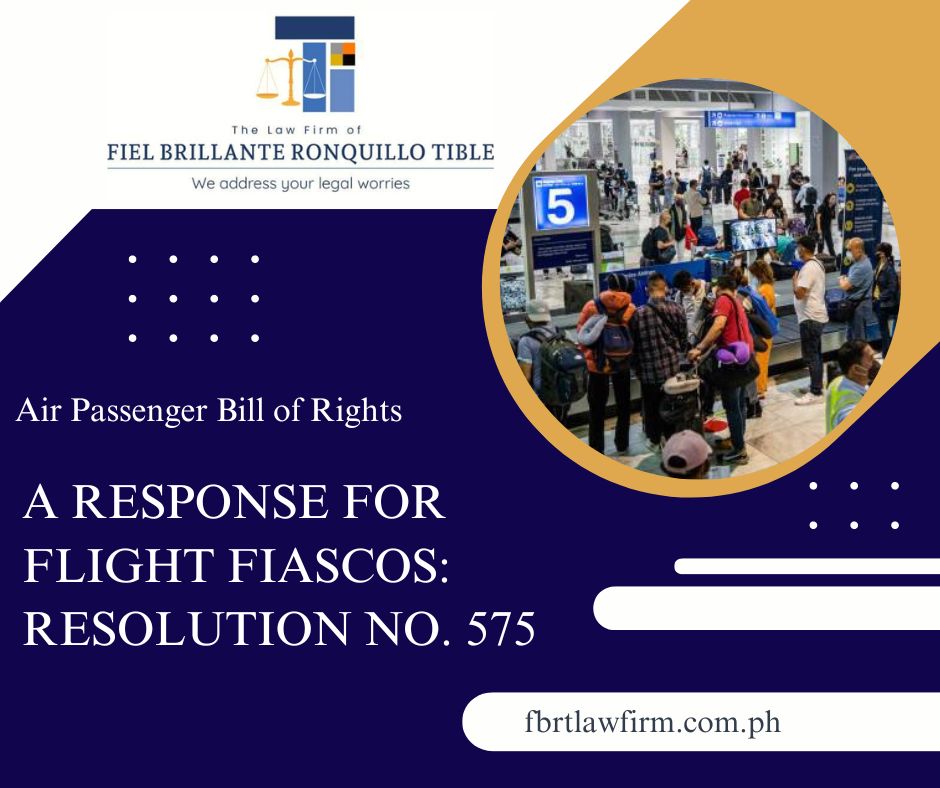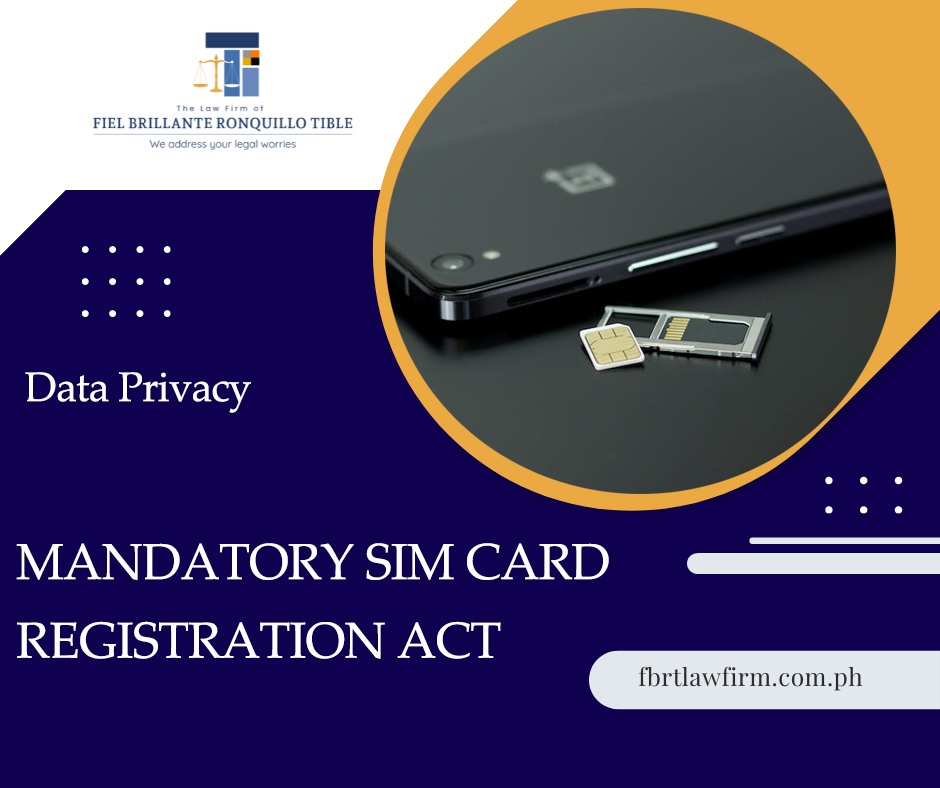They say that it’s easier to open a business than to close an existing one, more so a business suffering grave financial loss, or worse, those in a state of bankruptcy.
There are various causes which results to a business’ closure and some of which are uncontrollable and involuntary.
In general, the closure would entail the following steps:
- Determine the business classification (whether a sole proprietorship, partnership, or corporation;
- Collate and complete the documentary requirements and supporting papers;
- Officially announce the closure of business to the stakeholders;
Persons/Agencies Involved:
- Employees;
- Suppliers and Creditors;
- Regulatory Agencies;
- Shareholders and Business Partners; and
– For a corporation, at least twenty (20) days prior to the meeting, notice shall be given to each shareholder by any means authorized under its bylaws, stating that the corporation shall be dissolved. Then at the meeting, the shareholders and the directors shall vote on whether or not the corporation shall be dissolved. - Customers.
- Submission of requirements to appropriate government agencies to obtain required clearances/certifications.
To encapsulate the process of business closure below is the simplified process for simplification:

I. DOLE/SSS/PHILHEALTH/PAG-IBIG
Firstly, the business entity would need to inform the Department of Labor and Employment (DOLE), Social Security System (SSS), PhilHealth, and Pag-Ibig.
Business Closure would affect the employees as to the termination of their employment on the ground of business closure and cessation of business under Article 298 of the Re-numbered Labor Code of the Philippines. Notice of Closure and termination must be sent to the DOLE at least thirty (30) days before the intended date of the employee’s termination. Kindly note that business closure would warrant the payment of separation pay amounting to one (1) month pay or at least one-half (1/2) month pay for every year of service, whichever is higher.
Likewise, the business entity should notify SSS, Philhealth, and Pag-Ibig regarding the impending business closure in order to suspend the payment of mandatory government contributions.
II. LOCAL GOVERNMENT UNIT (BARANGAY LEVEL)
Secondly, the business entity would need to obtain a Certificate of Closure from the Local Government Unit, Barangay level, where the business is registered. The issuance of the Certificate of Closure would also require the payment of fees. Kindly note that the amount of fees to be paid differs from one local government unit to another.
III. LOCAL GOVERNMENT UNIT (CITY/MUNICIPAL LEVEL)
Thirdly, after obtaining a Certificate of Closure from the Local Government Unit before the barangay level, a Certificate of Closure is also required from the Mayor’s office – the city where the business is registered. This would similarly demand the payment of fees separate and distinct from the fees paid before the barangay.
IV. BUREAU OF INTERNAL REVENUE
Fourthly, the business entity needs to update the Bureau of Internal Revenue (“BIR”) of the cessation of business operations for the cancellation of its Tax Identification Number and the issuance of the Certificate of No Liability.
It is noteworthy to state that the process of business closure is prolonged during this stage due to the checking of open cases by the BIR. Open cases refer to the non-compliances of the business entity including but not limited to deficiency taxes, and unfiled tax returns. The Regional District Office, as well as the Main Office of the agency, performs this in order to ensure that the business entity has no pending liabilities and obligations to the National Government.
V. DEPARTMENT OF TRADE AND INDUSTRY (DTI) / SECURITIES AND EXCHANGE COMMISSION (SEC)
Lastly, the business entity would need to apply for business closure before the Department of Trade and Industry or the Securities and Exchange Commission for the issuance of the Certificate of Closure, whichever is applicable.
Please bear in mind that in cases of corporations, the application for closure would not warrant the automatic dissolution of the separate and distinct identity of the corporation. The corporation would continue to exist for purposes of liquidation. During the liquidation proceedings, there would be an inventory of all the corporate assets, alongside the listing of corporate liabilities. Should there be liabilities chargeable to the corporation, it would be satisfied with the liquidated corporate assets.
Kindly take note that the corporation is still required to file the reportorial requirements before the SEC, as well as the required returns before the BIR, during the process of business closure, to avoid penalties, fees, and surcharges.
For a detailed explanation of the aforementioned, we conducted a Webinar to guide you through the step-by-step procedure: https://www.facebook.com/400329657100811/videos/243634290044750/
Undoubtedly, business closure is a tedious and strenuous process. However, with proper guidance and assistance, closing your business would be a breeze and you will be at ease.
For further queries on this matter or other legal concerns, you may contact us from Mondays to Fridays, 9:00 AM to 6:00 PM, through our email: solutions@fbrtlawfirm.com.ph, and our website at https://fbrtlawfirm.com.ph/
Related Reads:
- List of Documentary Requirements for the Closure of Business
- What you need to know about DTI Memorandum Circular 20-29
- 10 Things You Should Know To Successfully Set-Up a One Person Corporation in the Philippines






